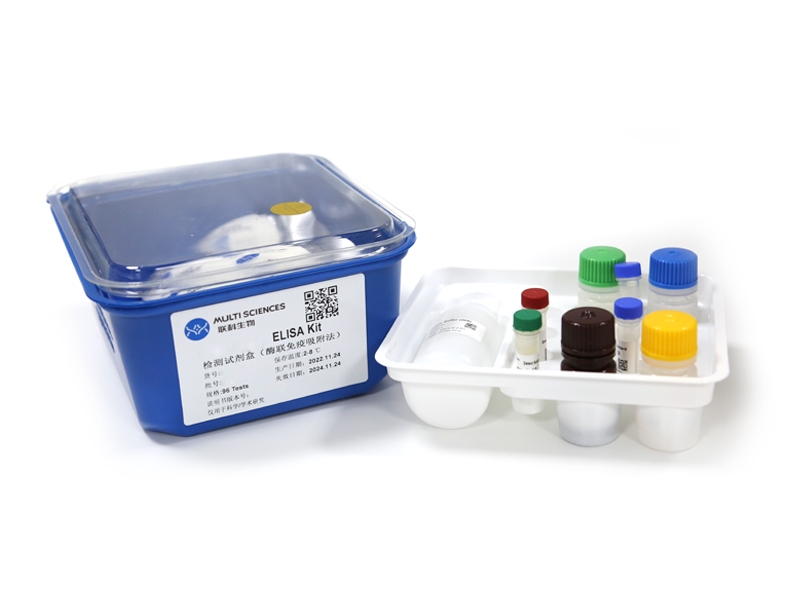P2X7 receptor (P2X7R) is an ATP-gated non-selective cation channel which mediates ATP-induced inflammation in macrophages. Transient receptor potential (TRP) receptors are nociceptors in cellular membrane which can perceive the stimuli of environmental irritant. The interaction between TRP channels and P2X7R has been found while the details about inflammation are still unclear. In this study, we suggested that transient receptor potential ankyrin 1 (TRPA1), a member of TRP superfamily, participates in ATP-induced oxidative stress and inflammation in human acute monocytic leukemia cell line (THP-1)-derived macrophage. The co-localization between TRPA1 and P2X7R was detected using immunofluorescence in THP-1-derived macrophage and transfected human embryonic kidney cell line (HEK293T). The mechanism by which ATP or 3'-O-(4-Benzoylbenzoyl)-ATP (BzATP) induces the activation of macrophages was verified by calcium imaging, mitochondrial reactive oxygen species (mtROS) detection, mitochondrial membrane potential (?Ψ(m)) measurement, flow cytometry, enzyme-linked immunosorbent assay (ELISA), western blotting, CCK-8 assay, and the lactate dehydrogenase (LDH) release cytotoxic assay. The BzATP and ATP induced calcium overload, mitochondria injury, interleukin-1β (IL-1β) secretion, and cytotoxicity can be inhibited by TRPA1 antagonists. These results indicated that TRPA1 can co-localize with P2X7R and mediate ATP-induced oxidative stress and inflammation. Therefore, the inhibition of TRPA1 may provide a potential therapy for ATP-elicited inflammatory diseases, including atherosclerosis.
文章引用产品
-
-
- EK101B
- ELISA试剂盒
Human IL-1β ELISA Kit检测试剂盒(酶联免疫吸附法)
-
¥1,600.00 – ¥10,800.00
-
- EK101B
- ELISA试剂盒
Human IL-1β ELISA Kit检测试剂盒(酶联免疫吸附法)
- ¥1,600.00 – ¥10,800.00



